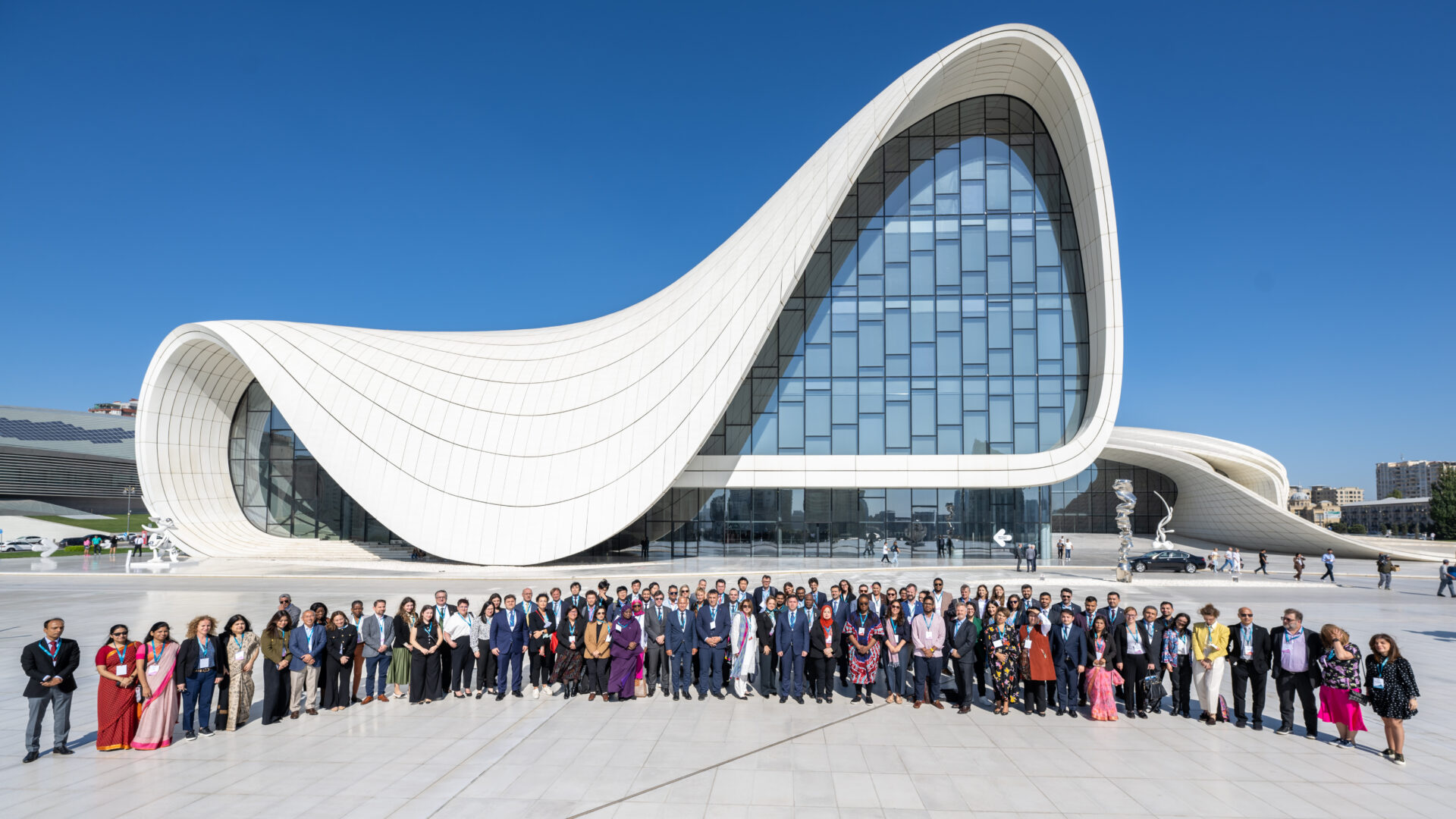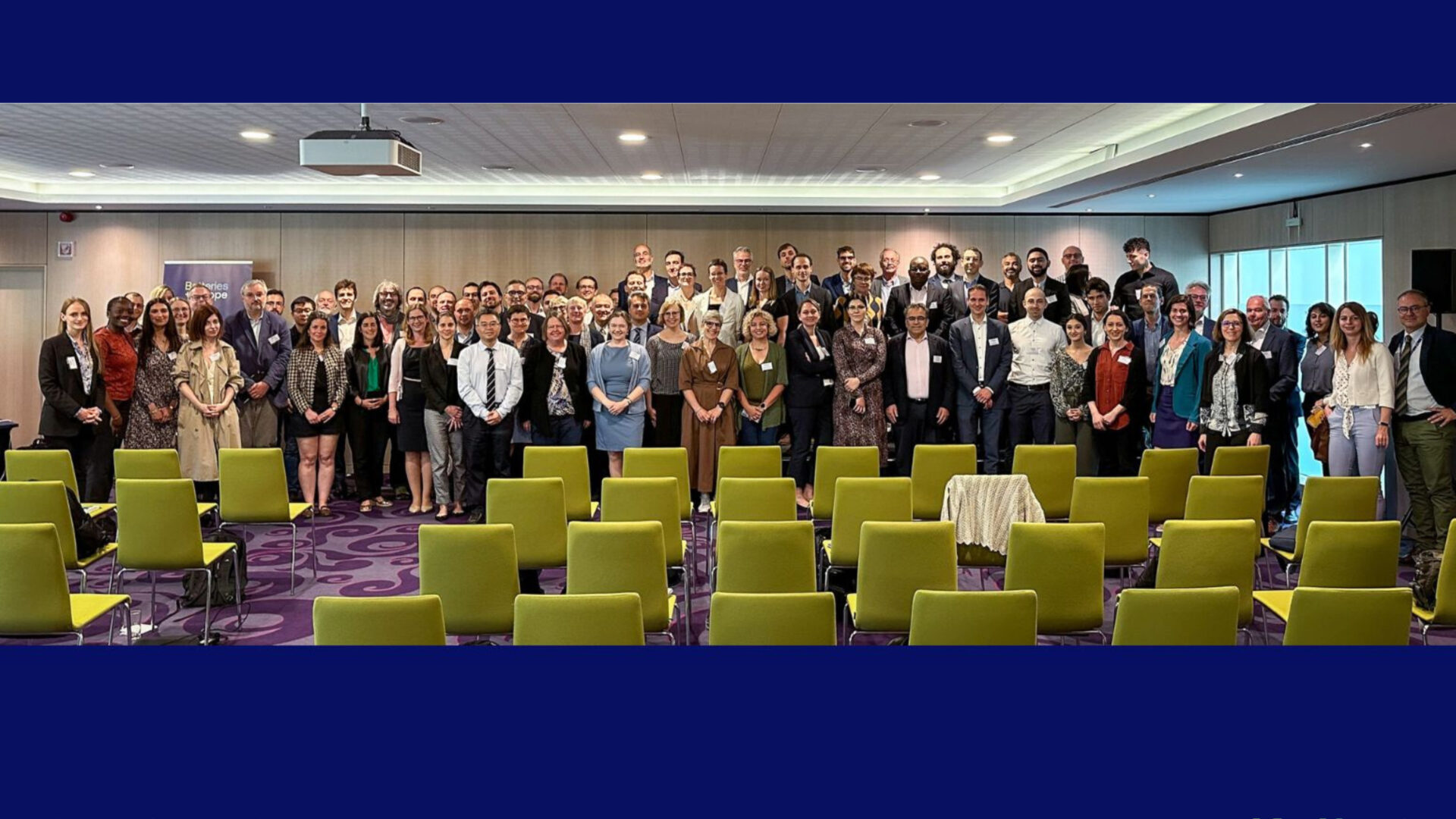8 November 2024:
From 11 to 22 November 2024, the 29th edition of the Conference of Parties (COP) to the United Nations Framework Convention on Climate Change (UNFCCC), COP29, will take place in Baku, Azerbaijan.
What is COP?
Since 1992, the Conference of Parties is a meeting of nations that have signed the UNFCCC, which has as main goal to work together to stabilise greenhouse gas concentrations at a level that would prevent dangerous human-induced interference with climate change.
Since its creation, the 197 participating nations have convened nearly every year. The last COP, COP28, set a record for attendance, bringing together 97,000 delegates, over 150 heads of state, and various stakeholders. A key outcome of the event was the conclusion of the Global Stock Take (GST), which assessed progress toward the 2015 Paris Agreement’s goal of limiting the global warming well below 2°C compared to pre-industrial levels. The conference highlighted the urgent need for decisive action on renewable energy, equitable transitions, and other related issues.
What’s happening at this year’s COP29?
This year’s COP has also been labelled as “finance COP”, as many see it as an opportunity to align climate financing with global needs. UN Climate Change Executive Secretary Simon Stiell called on COP29 to “be the stand-and-deliver COP,” emphasising that climate financing is key to protecting the global economy and saving lives from worsening climate impacts.
Key topics at COP29:
Key issues include finalising a New Collective Quantified Goal (NCQG) that reflects the priorities of developing countries, as well as addressing subsidies, fossil fuel profits, and potential “solidarity levies.”. However, little progress has been made, with disagreements over who should pay, how much, and how funds should be allocated – whether for mitigation, adaptation, or compensating loss and damage.
Another concern of this year’s COP is to establish guidance to operationalise Article 6 of the Paris Agreement. Initially set up to create principles for carbon markets and international cooperation on climate targets, a fully operationalised Article 6 would provide the basis for better quality carbon markets through bilateral agreements and a centralised multilateral marketplace. Negotiators must agree on definitions, project eligibility, review processes, and confidentiality of certain information.
The COP29 Declaration underscores the critical role of energy storage and grid infrastructure in building resilient, decarbonised energy systems. It commits to a “collective goal of deploying 1.500 GW of energy storage in the power sector globally by 2030, more than six times the level of 2022.” To achieve this goal, COP29 outlined 11 different suggestions, including policy and regulatory frameworks to encourage adoption and remove investment barriers like double taxation for use of the grid. It also calls for advancing technologies to improve storage efficiency, reduce costs, and support a variety of storage solutions, including battery storage.
The draft proposal echoes the G-7 agreement, signed in April 2024, which aims to reach 1.500 GW of energy storage capacity by the end of the decade. This target was also set at COP28 by the International Energy Agency, that determined that an increase in energy storage was vital to triple renewable energy capacity by 2030 while maintaining energy security.
This year’s COP offers a prime opportunity to highlight energy storage as vital to the green transition. With strong attendance and a focus on climate action, COP29 urges governments to meet 2030 targets and prioritise storage as key to decarbonising and stabilising the energy grid.






